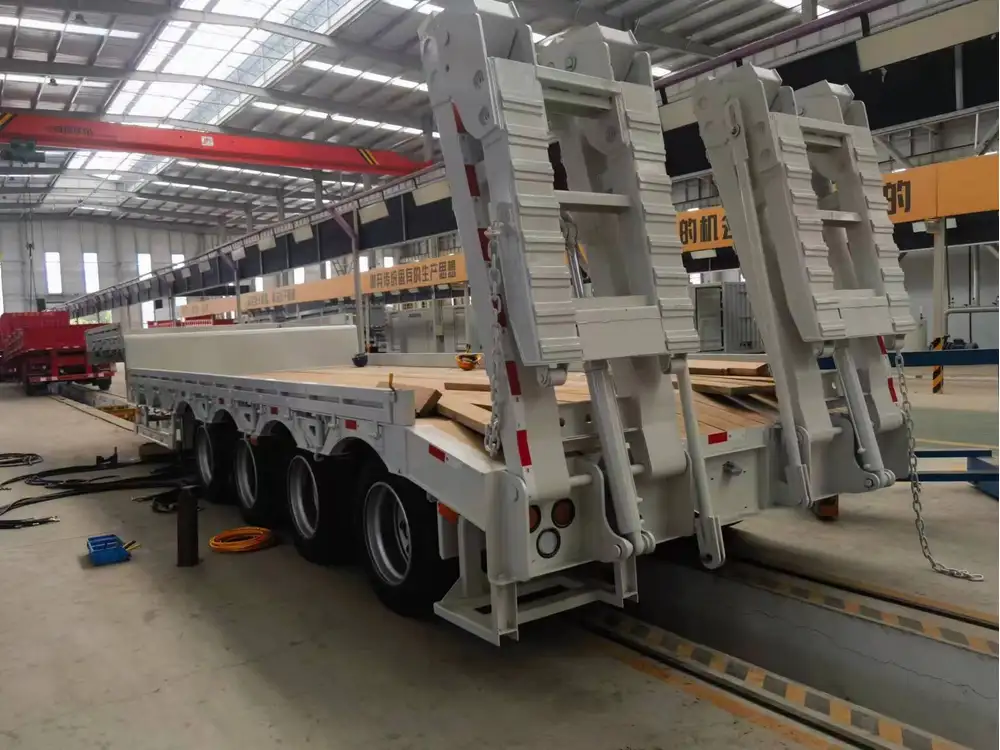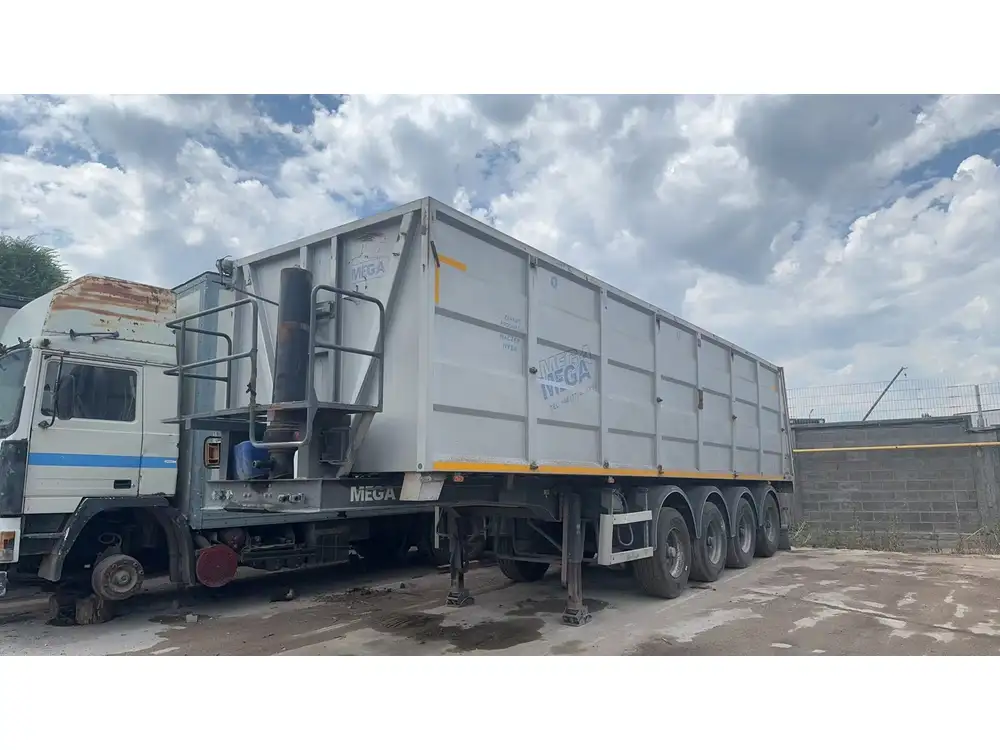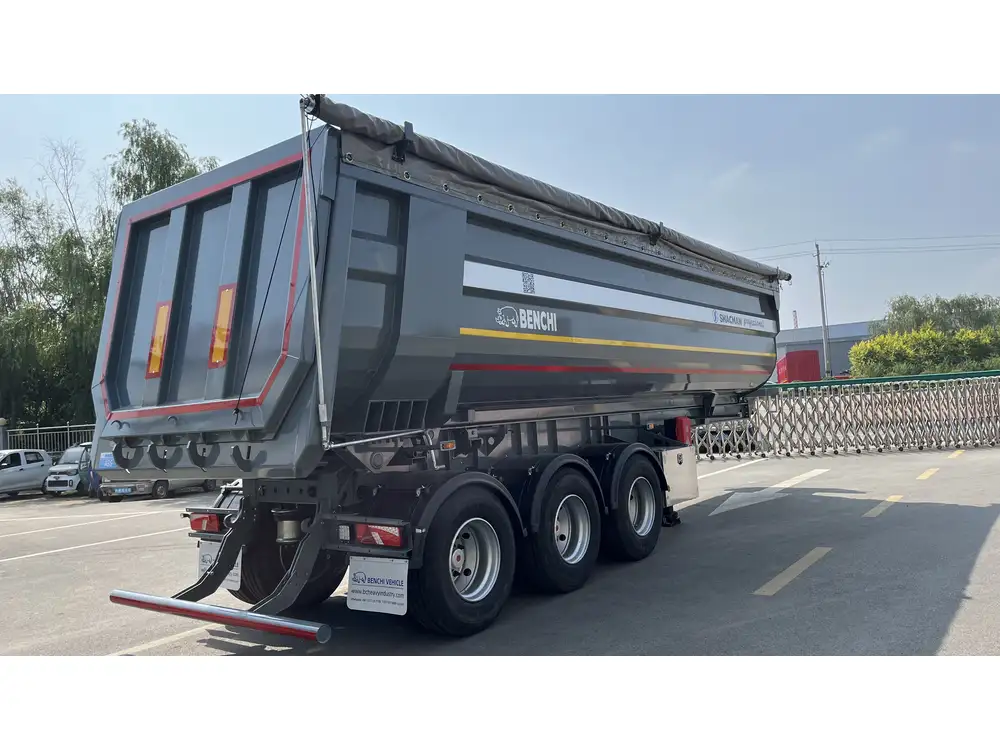When contemplating the transportation needs of a growing business, one of the pivotal decisions lies in the procurement of a semi-trailer. For many logistics managers and company owners, the question looms large: How much does it cost to lease a semi-trailer? Understanding the costs associated with leasing can be a complex undertaking, influenced by a myriad of factors including the type of trailer, leasing terms, and market conditions. This guide aims to unravel those complexities, offering a clear, structured exploration of semi-trailer leasing costs and considerations.
1. Overview of Semi-Trailer Leasing
Leasing a semi-trailer presents a flexible and cost-effective alternative to outright purchasing. By opting for a lease, businesses can:
- Avoid significant upfront capital expenditure.
- Access the latest equipment without bearing depreciation costs.
- Maintain operational flexibility, allowing for adjustments to fleet size based on demand.
To navigate the leasing landscape effectively, it’s essential to dissect all variables that influence the costs.
2. Factors Affecting Semi-Trailer Lease Costs
Table 1: Key Factors Influencing Semi-Trailer Lease Costs
| Factor | Description |
|---|---|
| Type of Trailer | Cost varies significantly across different trailer types. |
| Lease Duration | Short-term vs. long-term leases can affect overall cost. |
| Mileage Limits | Exceeding mileage limits may result in additional fees. |
| Maintenance Terms | Who is responsible for maintenance affects costs. |
| Insurance | Coverage requirements impact leasing costs. |
| Credit Rating | A better credit rating can yield lower interest rates. |
| Market Conditions | Supply and demand dynamics can drive prices up or down. |

2.1 Type of Trailer
The leasing costs will vary widely based on the type of semi-trailer:
- Dry Van Trailers: Commonly used for general cargo, leasing costs typically range from $800 to $2,500 per month.
- Refrigerated Trailers: Essential for perishable goods, these can lease for $1,200 to $3,500 per month.
- Flatbed Trailers: Ideal for heavy or oversized loads, costs range from $900 to $2,800 per month.
- Specialty Trailers: Unique trailers such as tankers can exceed $2,500 per month depending on specifications.
2.2 Lease Duration
The length of the lease plays a crucial role in determining overall costs.
- Short-Term Leases: Generally defined as leases under a year, they may have higher monthly payments due to the lack of commitment from the leasing company. Expect rates to increase by about 10% to 30% compared to long-term leasing.
- Long-Term Leases: Typically span two to five years, offering more favorable monthly rates. Long-term leases can reduce monthly costs by 15% to 25% due to decreased risk for the leasing company.
2.3 Mileage Limits
Leases often come with mileage restrictions. Exceeding these limits can lead to significant incremental fees. Standard mileage caps may be defined around 10,000 to 12,000 miles per year. For every additional mile, businesses can expect to pay around $0.10 to $0.50.

2.4 Maintenance Terms
Maintenance responsibilities can dramatically shift leasing costs. If the leasing company mandates maintenance as part of the deal, expect higher monthly payments. Conversely, if maintenance costs fall on the lessee, lower monthly payments may be negotiated.
2.5 Insurance Requirements
Leasing companies often require specific insurance coverage to mitigate risks associated with the asset. The cost and types of coverage can vary widely based on the lessee’s driving record, the trailer’s type, and the coverage limits. Businesses should anticipate additional monthly insurance costs ranging from $100 to $500.
2.6 Credit Rating
The business’s credit rating directly impacts leasing terms. A stronger credit profile can secure lower lease rates, often resulting in 1% to 3% savings on the interest rate compared to companies with weaker credit histories.

2.7 Market Conditions
Economic factors—such as supply chain issues, fuel prices, and demand for freight—can create fluctuations in leasing rates. Monitoring these elements can provide valuable insight for timing your lease negotiations.
3. Analyzing Total Lease Costs
To arrive at a comprehensive understanding of the total cost of leasing a semi-trailer, businesses must consider various elements beyond the monthly rental payment:
- Initial Costs: This may include application fees, security deposits (often equivalent to one month’s rent), and delivery charges.
- Fuel Costs: Engaging in a comprehensive budget including average fuel consumption—typically, semi-trailers average 6 to 8 miles per gallon.
- Maintenance and Repairs: Depending on maintenance responsibility, businesses should budget for routine inspections, repairs, and unexpected incidents.
- End-of-Lease Costs: Assess potential fees for excess wear and tear or if the business opts for an early lease termination.
3.1 Example Calculation
Table 2: Sample Monthly Lease Cost Breakdown
| Cost Element | Estimated Cost |
|---|---|
| Monthly Lease Payment | $1,200 |
| Insurance | $250 |
| Maintenance | $150 (lessee responsibility) |
| Fuel (avg) | $600 |
| Total Estimated Cost | $2,200 per month |
In this hypothetical scenario, a business planning to lease a refrigerated trailer should anticipate costs totaling approximately $2,200 per month.

4. Key Benefits of Leasing a Semi-Trailer
Leasing a semi-trailer offers several strategic benefits for businesses.
4.1 Flexibility and Scalability
Leasing provides the agility to scale operations, particularly during peak seasons where demand for transport spikes. Businesses can easily adjust the number and type of trailers they utilize, enabling a more responsive operational model.
4.2 Access to Modern Equipment
Leasing ensures access to the latest in trailer technology, enhancing efficiency and compliance with current regulations. Over time, this can lead to reduced maintenance and operational costs.

4.3 Cost Management
With fixed monthly payments, budgeting becomes more straightforward. Businesses can accurately forecast expenses without the unpredictability of fluctuating maintenance and repair costs associated with ownership.
5. Conclusion: Is Leasing Right for Your Business?
Understanding how much it costs to lease a semi-trailer requires a thorough analysis of how specific factors affect lease agreements. Businesses must weigh the financial impacts of leasing against the potential benefits of ownership, considering operational needs and budget constraints.
By conducting diligent research, evaluating their own requirements, and utilizing the insights presented here, logistics decision-makers can secure a lease agreement that aligns with their strategic goals while optimizing costs. In an ever-evolving transportation landscape, making informed choices about semi-trailer leasing can lead to sustained operational success.
In summation, the world of semi-trailer leasing is multifaceted, offering both challenges and opportunities. Businesses venturing into this territory must arm themselves with detailed knowledge, allowing for informed discussions with leasing companies. Through careful planning and assessment, leasing can be a catalyst for growth in the logistics sector.



